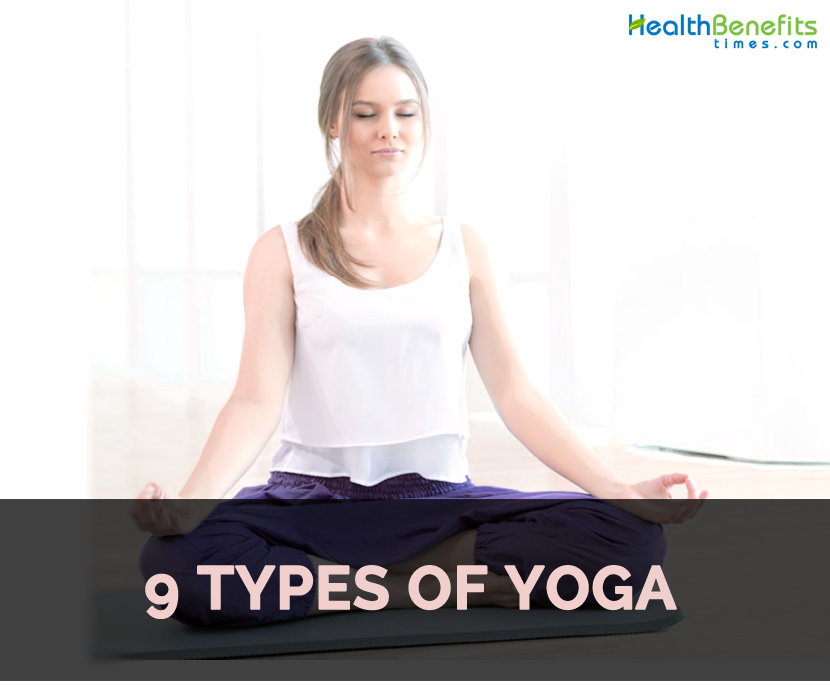
Here’s a brief look at the main yoga options.
1. Astanga
Astanga, sometimes called Power Yoga, is one of the most physically demanding forms of yoga in terms of flexibility, strength, and stamina. You move from one posture to another without a break, so we don’t recommend this style for beginners.
2. Kundalini
Kundalini yoga was one of the first “Westernized” forms of yoga. Because it’s designed to release energy in the body, it involves a lot of intense breathing exercises. Most of the poses are classic flexibility exercises.
3. Ananda
Ananda yoga requires less strength and flexibility than most other styles, so it’s a great place to start. The moves are fairly straightforward, and ananda doesn’t involve much chanting.
4. Anusara
Anusara, a relatively new form of yoga, has a deep spiritual element and a heavy focus on good posture and body alignment.
5. Bikram
Bikram, an intensely physical style of yoga, includes a lot of breathing exercises. The same 26 poses are performed in the same order during 90-minute classes that are usually conducted in a room heated to 100 degrees. (The heat is intended to make it easier to stretch.) If you have high blood pressure, are at high risk for developing heart disease, or already have heart disease, get your doctor’s permission before taking a class conducted in a room at a high temperature.
6. Kripalu
Kripalu, a less physical and more meditative style of yoga, emphasizes body alignment and breath and movement coordination. There are three stages in kripalu yoga. Stage One focuses on learning the postures and exploring your body’s limits of strength and flexibility. Stage Two involves holding the postures for an extended time, developing concentration and inner awareness. Stage Three involves moving from one posture to another without rest.
7. Integral
Integral classes involve lots of meditation and chanting. However, integral yoga is one of the easier forms to learn because the postures are relatively simple with plenty of modifications offered for the flexibility-challenged.
8. Iyengar
Iyengar yoga instructors must complete a rigorous two- to five year training program for certification, so the quality of teaching tends to be consistently good. Iyengar yoga involves props such as foam blocks and stretching belts. Instructors pay close attention to body alignment.
9. Sivananda
This classic style of yoga is one of the most widely followed in the world and follows well-known poses, with an emphasis on relaxation and breathing.
Yoga Tips for Beginners
It’s much more fun and easy to learn yoga if you’re physically healthy and mentally prepared. Getting professional yoga lessons from a qualified teacher will also help tremendously. Of course, if you’re tight for cash, you can also use free videos or apps to guide you with beginner poses.
Check out the following yoga tips for newbies:
1. Prepare Things You Need
Your yoga kit should include a yoga mat for a non-slip surface when standing and cushioning on hard floors, yoga block to stabilize standing poses, yoga bolsters to support your spine, and yoga strap to hold a foot, hand, or leg. Also, you’ll need extra floor padding or blanket to keep you comfortable and warm at the end of a session.
2. Combine Yoga with Other Exercises
If you also love running on the treadmill, you may combine yoga and run in your daily workout regimen. These exercises are good for your heart and general well-being. Make you have the best treadmill mat. It helps protect your treadmill machine from dust while reducing noise while you’re running. Also, it helps prevent it from slipping and for floor protection.
3. Respect Your Body’s Limitations
Avoid pushing yourself to do yoga poses that feel wrong or dangerous for you. Be aware of certain contraindications that are relevant to specific circumstances. Some poses shouldn’t be practiced during menstruation or early pregnancy, whereas other yoga poses may be helpful.
4. Never Compare Yourself With Others
Every yoga doer has his own progress. Instead of comparing yourself with other people, appreciate your subtle progress. By doing so, you’ll reap the promising benefits of yoga when it comes to strengthening your lungs, core, mind, and spirit.
5. Wear Loose Comfortable Clothing
Because yoga involves stretching your body in different directions, it’s important to wear something that won’t restrict your movement. Also, you’ll need to bend your body at some point and turn upside down, so wearing loose comfortable clothing will save exposing more or wriggling about if a stretch fit gear is worn.
Comments
comments